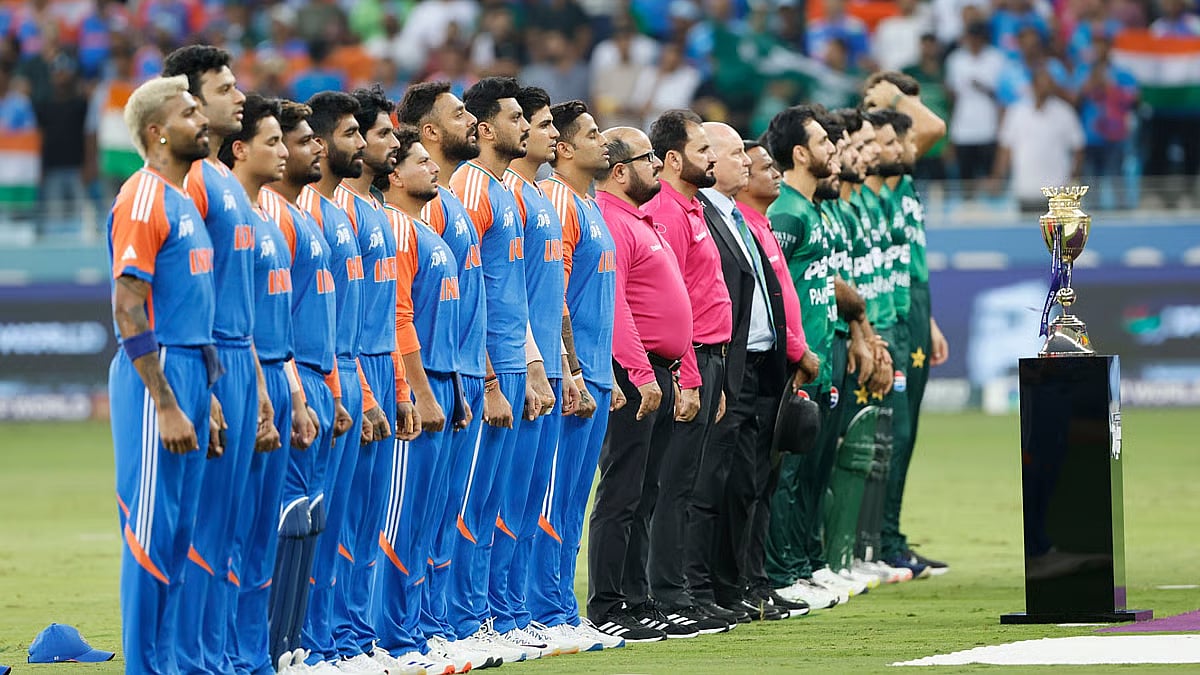“I do not wish women to have power over men; but over themselves.”
Mary Wollstonecraft encapsulated the essence of feminism in these words, before the term was even coined. The 18th century writer, philosopher and radical thinker spoke for education of women and equality between the sexes, for which she is often called the “mother of feminism.”
Several books have been written on her and her work—Vindication of the Rights of Women (1792)—being the most famous—and a new fictionalised biography, Love And Fury by Samantha Silva, has just been released. Tepid in its portrayal of the singular woman, the book is still readable for those who need an introduction to the life and times of Mary Wollstonecraft.
Male primogeniture
When she was growing up in an unhappy household, with an abusive father and neglectful mother, she had the courage to rebel against him—she lay across the threshold of her parents’ bedroom, to save her mother from her father’s violent nightly assaults. At the time, women had no rights—the laws of primogeniture that favoured the eldest son or male relative meant that women could not inherit property, their education only prepared them for domesticity, they could not divorce their husbands or get custody of their children.
At an early age Mary was determined not to be enticed by the vanity and frippery that was encouraged in girls, with the sole purpose of acquiring husbands. An unmarried woman, saddled with the dreaded word ‘spinster’, had very few opportunities to make a dignified living.
Died after childbirth
Silva’s book is set during the last days of Wollstonecraft’s life, as she suffered from severe infection after giving birth to a daughter, Mary, who went on to marry poet Percy Bysshe Shelley and write the sci-fi classic Frankenstein. The narrative is divided between Mrs Blenkinsop, a midwife who assisted in the birth and tended to the dying woman, and Mary Wollstonecraft, telling her extraordinary story to her newborn. She died at age 38, eleven days after childbirth, leaving behind Baby Mary, another young daughter Fanny, and her grieving husband, William Godwin.
As a young girl, Mary Wollstonecraft suffered due to the dissolute life of her father, who drank and gambled away his inheritance, and dragged his family of three daughters and four sons from place to place whenever a new doomed-to-failure financial scheme came up.
A teenage Mary’s mind was nurtured by her brief acquaintance with educator John Arden, whose daughter Jane she befriended and pursued with childish neediness, till the other girl cast her away in aversion. Jane did not want to be different, she was just like other young women of her age, squandering their intelligence and whiling away time waiting for a man to propose marriage. Jane is repulsed when Mary pricks her finger and pledges in blood never to marry and demands that Jane do the same.
'Passionate friendship'
Later, Mary gets involved in a “passionate friendship” with artist Fanny Blood, whom she considers the love of her life. The consumptive Fanny married for financial stability for her family and died in childbirth. Mary gave up a thriving school she had started with Fanny and her sisters to be by Fanny’s side, and almost ruined her own future. The sisters, one of whom she had rescued from a terrible marriage, blamed her for their own husbandless fate, but did nothing to support her endeavour. The school may have failed, but gave her enough material for a book, Thoughts on the Education of Daughters.
Today, Wollstonecraft would be called non-binary, but back then she was seen as somehow freakish, because even the most progressive of men were condescending of the thinking woman, and believed that a female intellectual was an oxymoron. When he first met her, William Godwin felt she was “overbearing, brash and frankly unfeminine”, as Silva puts it.
She was opposed to the fashion of the time, with women being imprisoned in corsets, hoops, complicated towering hairstyles and elaborate make-up. She wore simple clothes and never painted her face, for which she was mocked as being the kind of woman no man would want.
Worked as governess
Before she decided to earn a living out of writing, the lack of money forced her to take up the job of a governess for wealthy, aristocratic Kingsborough family, that needed a tutor and minder for their three daughters. She was not made for domestic work, but turned out to be a great influence on the eldest daughter Margaret King, who grew up to be a writer and traveller. Her experiences as a governess resulted in a book, Original Stories From Real life, her only work for children.
Back in London, after being fired from her job, following a spectacular act of defiance by Margaret at her coming-out ball, Wollstonecraft began a writing career with the help of unconventional publisher Joseph Johnson, who was enthralled by her fresh, original and fearless writing. Her book, A Vindication of the Rights of Woman: with Strictures on Political and Moral Subjects, is considered among the earliest examples of feminist writing. At his home, she met the likes of William Blake, Thomas Paine, Erasmus Darwin, and William Godwin, who would become her husband years later. Till then, she wrote about the tyranny of marriage and sex that diminished women, but had no up-close and personal encounters with men, so she fell in love with the hedonistic artist Henry Fuseli, who provoked desire in her, but also treated the fiery but strangely naive woman as a conquest.
Well-travelled
She was brave enough to plunge right into the gruesome anarchy of the French Revolution to observe it closely and write about it. She travelled widely and wrote profusely—books, essays, novels, reviews. For all her writings about independence, when she was wooed by charismatic conman Gilbert Imlay, she was undone. In Silva’s book, she is seen to admit that she became the kind of subservient woman she despised, even attempting suicide twice.
She gave birth to Fanny out of wedlock, and later married Godwin against their own anti-marriage strictures, because she did not want to have another child out of wedlock. The marriage was a meeting of minds; however, Godwin’s memoirs ended up inadvertently wrecking Wollstonecraft’s reputation for years, till she was rediscovered by the growing community of feminists and suffragettes and rehabilitated as an early advocate of women’s emancipation.
Revolutionary writings
The fictional midwife is an unwitting feminist, who knows her work, cares about her wards, and does not let the death of her husband come in the way of helping other women. Typically, a male doctor treats her with disdain and by his carelessness, causes the death of his patient.
Mary Wollstonecraft may have been volatile, stubborn and full of contradictions but her writings were revolutionary for her time. Her work was criticised, debated and debunked, but also inspired authors (like Jane Austen, Elizabeth Barrett Browning and George Elliott), and activists who came after her, and continues to do so. Several biographies of her have been written, add to that essays, criticisms and doctoral theses — Mary Wollstonecraft had no peers, but became a trailblazer for women’s liberation.
In November 2020, Trinity College, Dublin, commissioned sculptures of four women to add to the 40 busts of men in their library. One of the four women is Mary Wollstonecraft.
The writer is a Mumbai based columnist, critic and author










